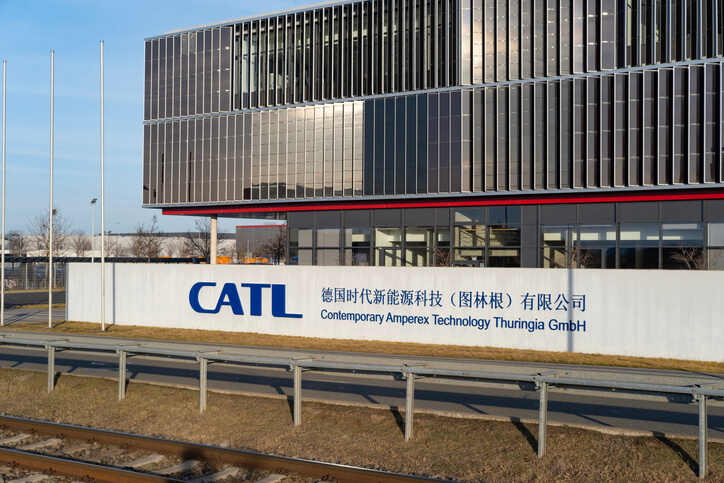Automotive School Guide: What to Know About CATL’s Freevoy Battery
Advancements in battery technology are reshaping the future of hybrid and electric vehicles (EVs). For automotive school students, it’s essential to stay informed about these advancements, especially as hybrid and electric vehicle mechanics become increasingly relevant.
One of the latest breakthroughs is CATL’s Freevoy Super Hybrid Battery, a new technology redefining the range, charging speed, and performance of plug-in hybrids (PHEVs) and extended-range EVs (EREVs). Here’s what automotive students need to know about this game-changing battery technology.
What Is the Freevoy Super Hybrid Battery?
Developed by CATL, a leading global battery supplier, the Freevoy Super Hybrid Battery aims to tackle three major issues often faced by PHEVs and EREVs: limited electric range, slow charging, and reduced performance in cold temperatures.
With the Freevoy, CATL claims it has found solutions to these challenges without resorting to complex solid-state technology, allowing for a significant boost in performance and practicality for plug-in hybrids.

Extended Range for PHEVs and EREVs
One of the standout features of the Freevoy battery is its impressive range. CATL claims that vehicles equipped with this battery can achieve up to 400 km of pure electric driving, rivaling some entry-level battery electric vehicles (BEVs) range. This means PHEVs with Freevoy could provide a full week of driving on a single charge for drivers with short daily commutes.
For students in automotive school, understanding how range improvements can impact hybrid and EV design is essential. A battery that extends the electric-only range of PHEVs and EREVs could change consumer expectations for plug-in hybrids, making them a more attractive option for those not yet ready to commit fully to BEVs.
Fast Charging With 4C Ultra-Fast Technology
Charging speed is a critical factor in the appeal of electric and hybrid vehicles. The Freevoy battery can charge up to 280 kilometres in just 10 minutes, a rate that places it among the fastest-charging technologies in the market. This fast-charging capability is made possible by CATL’s 4C ultra-fast charging technology, which brings it on par with leading BEVs like the Hyundai Ioniq 5 and the Audi RS e-tron GT.
If you’re currently training to become a hybrid and electric vehicle mechanic, this advancement highlights the importance of understanding fast-charging technology and the systems that support it. It’s not just about the battery but also the infrastructure and vehicle components designed to handle rapid charging speeds safely and effectively.

Cold Weather Performance: A Game-Changer for Electric Vehicles
The Freevoy battery also boasts exceptional cold-weather performance thanks to its use of sodium-ion technology, enabling effective discharge at temperatures as low as -40°C and charging at -20°C without degradation. This is especially important in colder climates, where EV batteries traditionally struggle to maintain range and efficiency.
Cold-weather performance knowledge will be essential for future mechanics, especially as EVs become more common worldwide. The Freevoy’s resilience in extreme temperatures showcases the need for automotive students to study diverse battery technologies that can adapt to various environments.
Why CATL’s Freevoy Battery Matters for Automotive School Students
CATL’s Freevoy Super Hybrid Battery represents a significant leap in battery technology, and for students in automotive school, it’s a clear signal of where the industry is heading. As hybrids and EVs become more accessible and practical, mechanics trained to service these advanced batteries will be in high demand.
Knowledge of new battery technologies like Freevoy, which combine lithium-ion and sodium-ion innovations, will give future hybrid and electric vehicle mechanics a competitive edge.
Are you looking for comprehensive hybrid and electrical mechanic training?
Contact ATC Surrey for more information.


